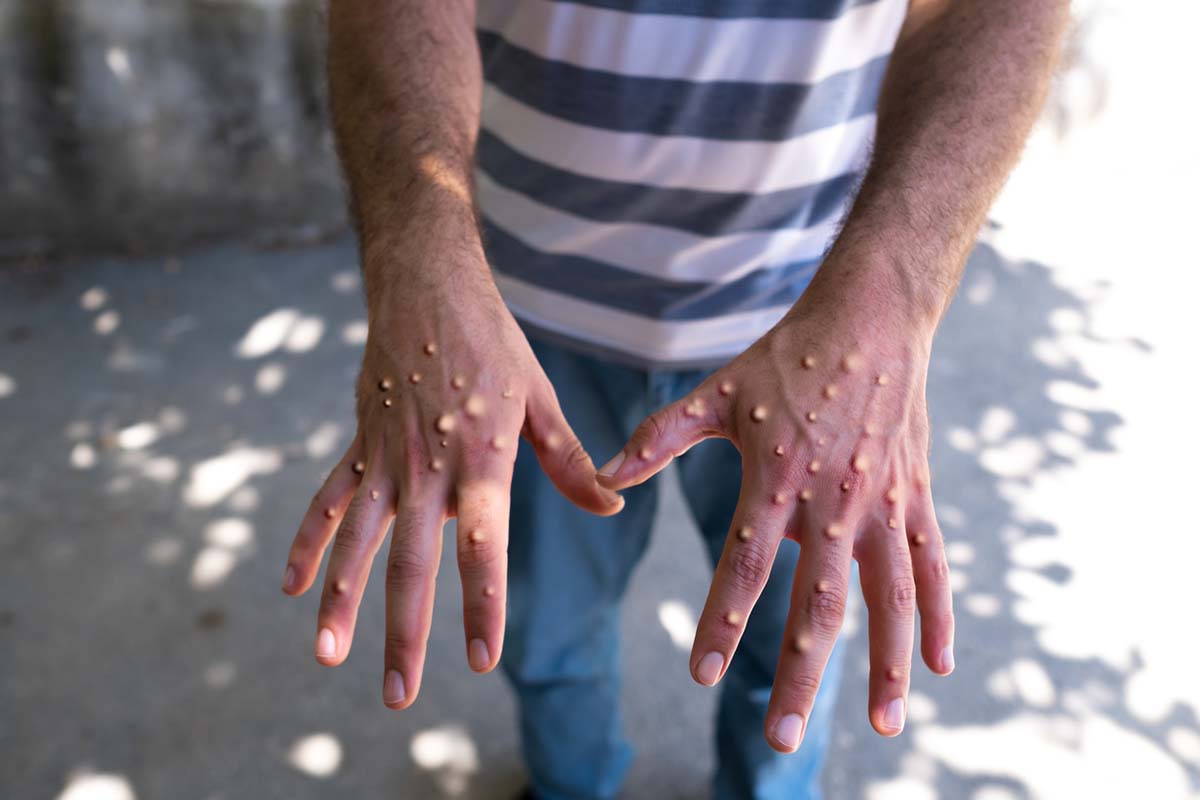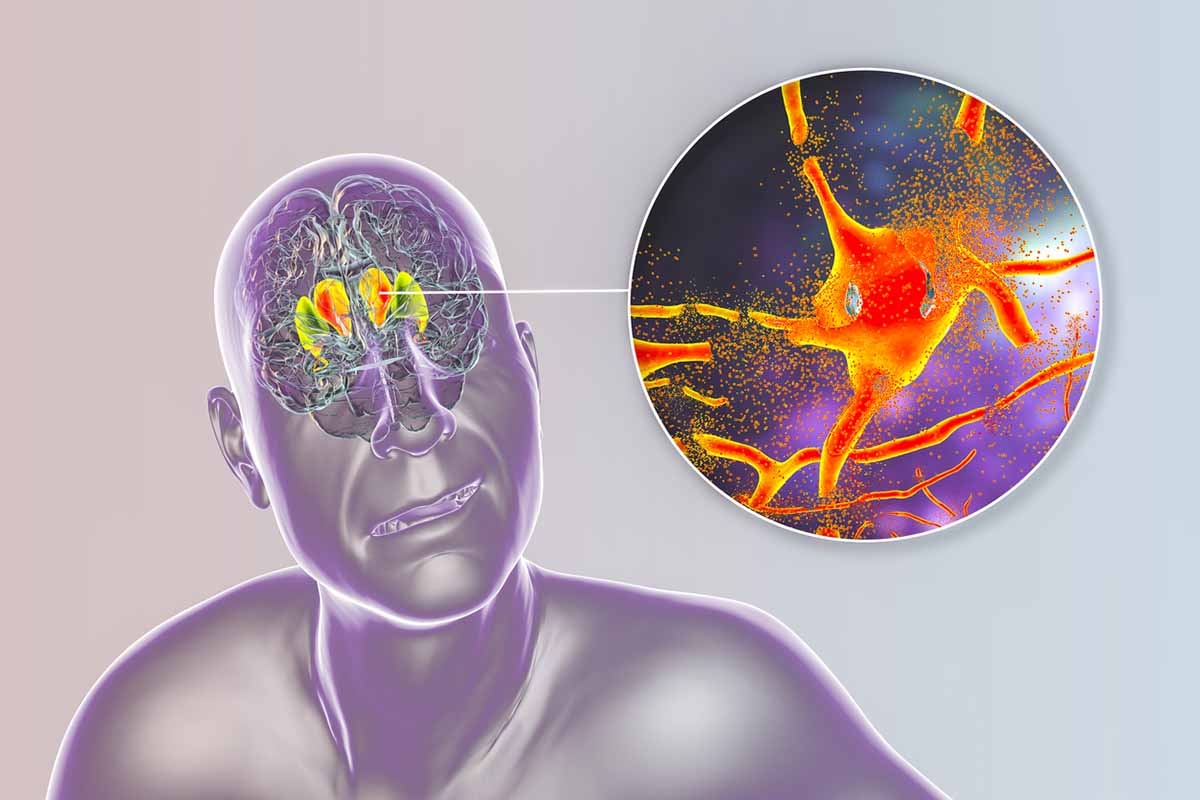Sodium Valproate-Induced Hyponatremia: A Case Report
To the Editor: We report the case of a patient who developed hyponatremia during treatment with a mood stabilizer drug (also used as an antiepileptic drug), sodium valproate. To our knowledge, this is a rare example in the English-language literature associating sodium valproate and hyponatremia.1-3 The hyponatremia appears to be due to syndrome of inappropriate antidiuretic hormone secretion (SIADH). An impaired water excretion in the absence of renal insufficiency, glucocorticoid deficiency, hypothyroidism, or decreased effective arterial blood volume is a hallmark of this syndrome. SIADH is a well-known cause of isovolemic hypotonic hyponatremia. Causes of SIADH include central nervous system disorders, pulmonary diseases, and neoplasms. A number of drugs such as vincristine, cyclophosphamide, amitriptyline, desipramine, and carbamazepine are also associated with this syndrome.
Case report. Mr A, a 54-year-old, single white man with a past psychiatric history of schizophrenia, was admitted in 2008 to the adult inpatient unit from his residence for agitation, threatening behavior, and medication refusal. At the time of admission, the patient was not receiving any psychotropic medications. The past medical history was significant for hyperlipidemia and type 2 diabetes mellitus. The patient was not an alcoholic. His medications at the time of admission included lisinopril 10 mg daily, metformin 1,000 mg twice daily, fenofibrate 145 mg daily, multivitamin 1 tablet daily, temazepam 30 mg daily, vitamin E 1 tablet daily, and docusate 100 mg twice daily.
At the time of admission, the patient was responding to internal stimuli, was talking to himself, had sexual and religious preoccupations, and was behaving bizarrely. He was started on risperidone 1 mg po q 12 hours, and it was titrated up to 6 mg po qhs for control of positive symptoms of psychosis and mood stabilization. During the course of his treatment, it was found that the patient’s presentation also had a mood component, and after further evaluation, his diagnosis was revised to schizoaffective disorder (DSM-IV-TR criteria), for which he was started on an additional mood stabilizer, sodium valproate. The initial dose of sodium valproate was 250 mg po q 12 hours, and this was titrated up to 500 mg po qam and 1,500 mg po qhs for a total of 2,000 mg/d of sodium valproate over 2 weeks. The patient had no physical complaints on 2,000 mg/d of sodium valproate. The dosages of the other medications were unchanged.
The patient’s diagnoses (using DSM-IV-TR) were as follows: Axis I: schizoaffective disorder; Axis II: none; Axis III: hyperlipidemia, diabetes mellitus-type 2, legally blind; Axis IV: blind, poor social support, unemployed; and Axis V: 25 (on a scale of 0 to 100, with 100 = no problems).
The patient’s initial baseline laboratory data (serum levels) at the time of admission were sodium 139 mmol/L, potassium 5.2 mmol/L, and chloride 100 mmol/L. Upon titration of the sodium valproate to 2,000 mg/d, the laboratory tests were administered again, and, surprisingly, the sodium level was found to be 126 mmol/L, the potassium level 5.1 mmol/L, and the chloride level 86 mmol/L. The plasma osmolality was low (259 mOsm/kg H2O). The urine osmolality was high (465 mOsm/kg H2O). The urinary sodium was high (40 mEq/L). The serum sodium valproate level at this time was 57.3 mg/L. The patient’s renal function was normal with a blood urea nitrogen (BUN)/serum creatinine ratio of 9/0.7. The patient’s liver function tests were within normal limits.
There were no signs of volume depletion, ascites, or edema. The newly developed hyponatremia was attributed to a high dose of sodium valproate as there were no obvious underlying disorders to cause the hyponatremia such as central nervous system disorders, hypothyroidism, pulmonary disease or neoplasms, adrenal insufficiency, or vomiting.
We started to taper the dose of sodium valproate, and 7 days later, the patient’s laboratory data showed improvement, with the following serum levels: sodium 132 mmol/L, potassium 4.7 mmol/L, and chloride 92 mmol/L.
A set of laboratory data obtained a few weeks after stopping sodium valproate showed sodium 137 mmol/L, potassium 4.1 mmol/L, and chloride 102 mmol/L. These findings showed that the sodium level had returned to within normal limits after stopping the sodium valproate and that the hyponatremia could be attributed to high doses of sodium valproate, as that was the only change in his medications. A presumptive diagnosis of SIADH was made.
The patient had another inpatient encounter not too long after this hospitalization. At the time, he was on sodium valproate 500 mg twice daily. His admission laboratory data revealed the following serum levels: sodium 127 mmol and sodium valproate 36.9 mg/L. Upon stopping the sodium valproate, the sodium level returned to 140 mmol/L, which was within normal limits. During this admission, the serum thyroid-stimulating hormone (TSH) level was 3.70 mIU/L, which was again within normal limits. This confirmed our hypothesis that hyponatremia was in fact due to sodium valproate.
This patient developed hyponatremia, impaired water excretion, and hypo-osmolality, all features of SIADH. Other causes of hyponatremia such as volume depletion, hypothyroidism (TSH = 2.39 mIU/L), glucocorticoid deficiency, renal insufficiency (BUN/serum creatinine ratio = 14/1.0), adrenal insufficiency, and vomiting were excluded. The patient had no signs of pituitary diseases, neoplasms, or central nervous system disorders. The patient was not on any drugs known to cause SIADH such as vincristine, cyclophosphamide, amitriptyline, desipramine, and carbamazepine. In this patient, hyponatremia developed during administration of high doses of sodium valproate. Upon tapering of the dose of sodium valproate, the sodium level started to normalize. After sodium valproate treatment was stopped completely, the sodium level returned to within normal limits, associating the sodium valproate as a cause of the hyponatremia, the hyponatremia probably being due to SIADH.
Administration of high doses of the mood stabilizer and antiepileptic drug sodium valproate can cause an SIADH-like syndrome with hyponatremia. We recommend that sodium levels be monitored regularly during administration of high doses of sodium valproate. Further studies would have to be done to confirm this hypothesis and also to establish whether this side effect is dose dependent or idiosyncratic.
References
1. Bavbek N, Alkan R, Uz E, et al. Hyponatremia associated with sodium valproate in a 22-year-old male. Nephrol Dial Transplant. 2008;23(1):410. PubMed doi:10.1093/ndt/gfm682
2. Miyaoka T, Seno H, Itoga M, et al. Contribution of sodium valproate to the syndrome of inappropriate secretion of antidiuretic hormone. Int Clin Psychopharmacol. 2001;16(1):59-61. PubMed doi:10.1097/00004850-200101000-00008
3. Branten AJ, Wetzels JF, Weber AM, et al. Hyponatremia due to sodium valproate. Ann Neurol. 1998;43(2):265-267. PubMed doi:10.1002/ana.410430219
Author affiliations: Department of Psychiatry, Albert Einstein Medical Center, Philadelphia, Pennsylvania.
Potential conflicts of interest: None reported.
Funding/support: None reported.
Previous presentation: Poster presented at the American Psychiatric Association Annual Meeting, San Francisco, California, May 16-21, 2009 and at the Institute on Psychiatric Services Annual Meeting, New York, New York, October 8-10, 2009.
Published online: September 16, 2010 (doi:10.4088/PCC.09l00941yel).
Prim Care Companion J Clin Psychiatry 2010;12(5):e1
© Copyright 2010 Physicians Postgraduate Press, Inc.





